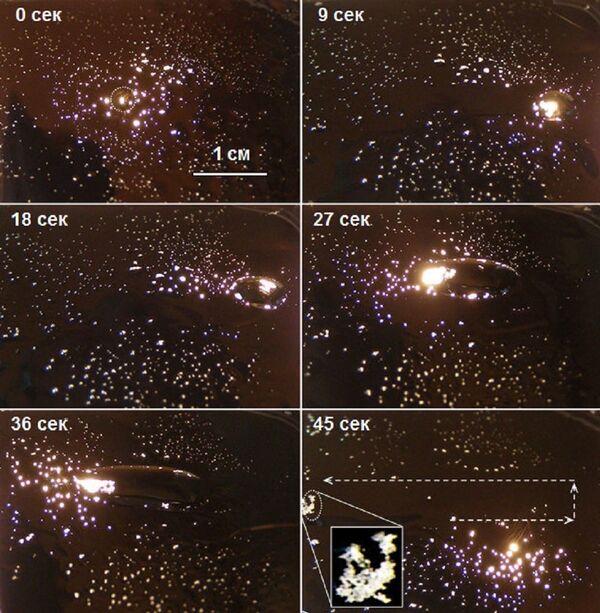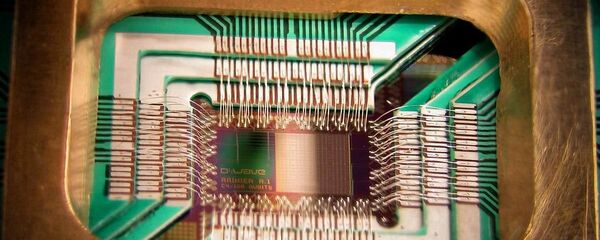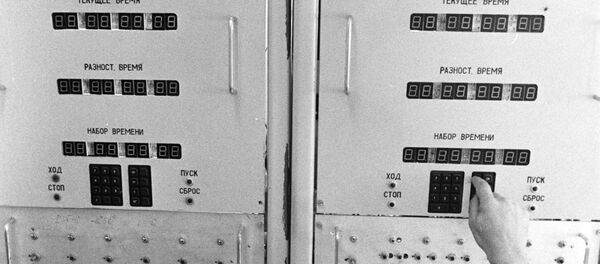According to scientists, their method has no analogues, since it allows for the manipulation of hundreds or even thousands of particles simultaneously. Just as significantly, the method has no negative effect on the particles, meaning that it to be used to manipulate both inanimate particles and biological objects.
Laboratory of Photonics and Microfluidics head Natalia Ivanova and senior researcher Oleg Tarasov say that their innovation had long been an outstanding goal of the field of microfluidics. This rapidly developing field of science is aimed at finding ways to control and manipulate particles and microvolumes of liquid.
Ученые из Тюмени научились "возить" микрообъекты "грузовиками" https://t.co/TggYew2YbA pic.twitter.com/CIGm49bmO1
— РИА Новости (@rianru) 30 июля 2017 г.
Scientists from Tyumen have learned to 'carry' microscopic particles 'by the truckful'.
Classical optical tweezers, whose development began in the 1970s, allow for the pinpoint manipulation of one or several particles at a time. However, in certain circumstances, this technology's pinpoint precision is not always required. Furthermore, manipulation of hundreds or thousands of microscopic or nano particles with the help of an optical tweezer's laser is simply impossible, while manipulating them individually can be impractical.
The Tyumen State University scientists' solution is both original and simple, ensuring its universal applicability and accessibility. The particles requiring manipulation are placed in a layer of liquid. The liquid is a combination of water and a small amount of pure alcohol. A beam of light interacts with the liquid, modifying its surface tension. The liquid is collected by the spot of light in the form of a tiny drop, in the volume of which an intense convective current is concentrated.

In other words, scientists see their method as a kind of microfluidic 'truck', which moves materials around to their required point, where they can then be further sorted and manipulated by other tools.
The Laboratory of Photonics and Microfluidics' study has been made possible thanks to the support of the Russian Foundation for Basic Research and the European Space Agency. Work on the project is being conducted in parallel by groups of scientists in Russia and the UK. The Russian group led by Dr. Ivanova is charged with running the experimental testing, while the group led by Professor Viktor Starov from Laughborough University in the UK carries out the theoretical modeling.



